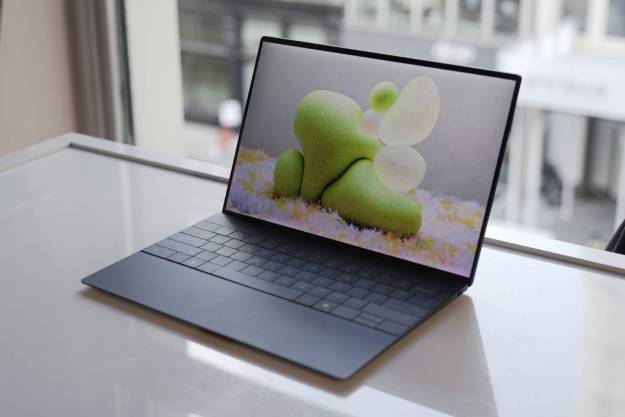That unfamiliarity means that many artists aren’t necessarily prepared to fully contribute to the VR and AR worlds that are constantly being created. To address that limitation, Google has developed both an application and a residency program aimed at helping 2D artists make the transition to 3D spaces.
Tilt Brush is a VR app that lets artists move through a virtual 3D space while drawing and painting, using additional tools like VR materials to create new kinds of art. One example of a creation using the Tilt Brush app is the painting The Rescue by artist Peter Chan, who used a slim, tapered brush created for Titmouse Animation creative director Antonio Canobbio. You can explore Chan’s piece in virtual 3D at Google’s Tilt Brush app and AiR showcase site.
The tool is used in Google’s second initiative aimed at helping artists create in 3D spaces, the Tilt Brush Artist in Residence program (AiR). Artists from a variety of disciplines, including graffiti artists, painters, illustrators, and many more, apply their talent in VR environments using Tilt Brush as their primary artistic tool. Those resident artists are further contributing to the program, including Disney animator Glen Keane, who inspired Google to create the Media Library feature to allow artists to import their 3D models into their sketches.
Going forward, Google intends to include more artists in AiR and to add their art to its showcase. Efforts like this are likely to be important in helping artists adjust to the new 3D spaces that VR and AR systems are creating, and the rest of us are likely to enjoy a much more creative and artistic experience because of them.



